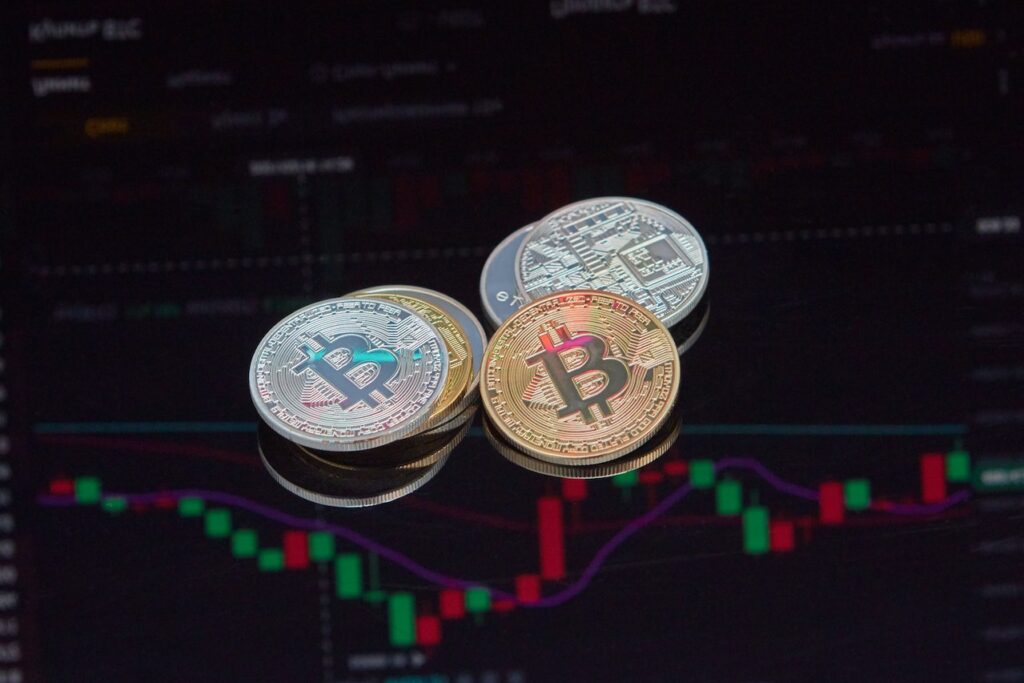Slippage is a term used to describe the variance in the price of a crypto asset. This phenomenon is more prevalent in smaller altcoins than on larger cryptocurrencies. Smaller altcoins have fewer traders, meaning that slippage is larger in these markets. Larger markets, however, have less slippage than smaller ones because institutional money is used to stabilize them. However, withdrawals of institutional money tend to exacerbate normal slippage.
Low liquidity
While cryptocurrency prices have exploded in recent months, there are still many risks associated with investing. These include low liquidity and high slippage. These issues are often the result of the immaturity of the crypto market. Because the market is so new and volatile, a single news event can dramatically affect prices.
Slippage is a major problem that arises when high volumes enter markets with low liquidity. This can cause large orders to slip by a considerable amount. Slippage can increase to 10 times when the market is volatile, and it becomes more problematic as orders grow larger. For example, a slippage of 0.10% on a $100,000 order would mean a loss of $100. The resulting loss is not immediately noticeable, but it can be substantial.
Slippage is a problem that can occur with both market orders and limit orders. Market orders tell the broker that you want to buy into the market at any price, but you may be better off using limit orders. The difference between a limit order and a market order is that a limit order guarantees the price of the crypto asset. If you use a limit order, your broker will either find the price for you or skip the order altogether.
High volatility
The high volatility in crypto market is the most significant drawback to investing in this asset class. As an asset class that is less than a decade old, crypto has a high level of volatility. While the volatility has tended to decline over time, the volatility of newly-minted cryptoassets remains high.
High volatility in crypto is primarily caused by speculative activities. Traders and investors place bets on cryptocurrency prices to make profits. This causes sudden inflows and outflows of money. This volatility is exacerbated by the fact that most cryptocurrencies are purely digital assets and not backed by physical assets. As such, they are subject to the laws of supply and demand. Without a stabilizing factor, these volatile markets can become wildly unstable.
Although high volatility is a complication, it does not necessarily indicate that the price will crash. The market’s volatility index (VAR) measures the volatility of prices in a day. The higher the volatility, the more volatile the market is. However, this index does not distinguish bull markets from bear markets. It measures absolute daily oscillations. Consequently, periods of low volatility are considered to be a higher risk of an outbreak. In addition, traders tend to use excessive leverage during quiet periods. This creates higher liquidity during unexpected price fluctuations.
Bid-ask spread
The bid-ask spread in crypto is the difference between the lowest price asked and the highest price bid. It can vary drastically depending on the volume and activity of a cryptocurrency market. A high bid-ask spread can result in large losses. You can reduce the risk by using limit orders and avoiding trades where the spread is too large.
The bid-ask spread is a useful metric for evaluating volatility in a crypto market. A higher bid-ask spread means that there are more disagreements about price than in a lower-volatile market. Understanding this measure will help you make better decisions.
Limit orders
Limit orders in crypto are an effective way to place price caps on your investments and protect your profits in volatile crypto markets. They can help you make long-term or short-term trades and can be executed even if you are not actively monitoring the market. Limit orders can also help you lock in gains and protect yourself from big losses.
Limit orders work on a demand-based system, which means that they are intended for advanced traders and will require some knowledge of how to fill them on a blockchain. The costs associated with these orders are variable, and filling them can affect profitability. A number of decentralized protocols offer limit order functionality, including 0x, DeFi, and SushiSwap. In addition, some of them have advanced features, such as smart contracts.
Positive slippage
Slippage is a common phenomenon in cryptocurrency. Unlike traditional markets, there are not as many participants, and because of that, volatility can be quite high. This is because each exchange or liquidity pool only reflects one market, and a single market can have a large impact on the price. Traders should be aware of both positive and negative slippage to optimize their trading decisions.
To minimize slippage, traders should avoid trading during volatile periods. While there are no “slow” trading days in crypto, early afternoon trading is less volatile. Also, be sure to set a limit order. This way, your broker will either find a price for you or skip the order altogether.








Facebook Comments